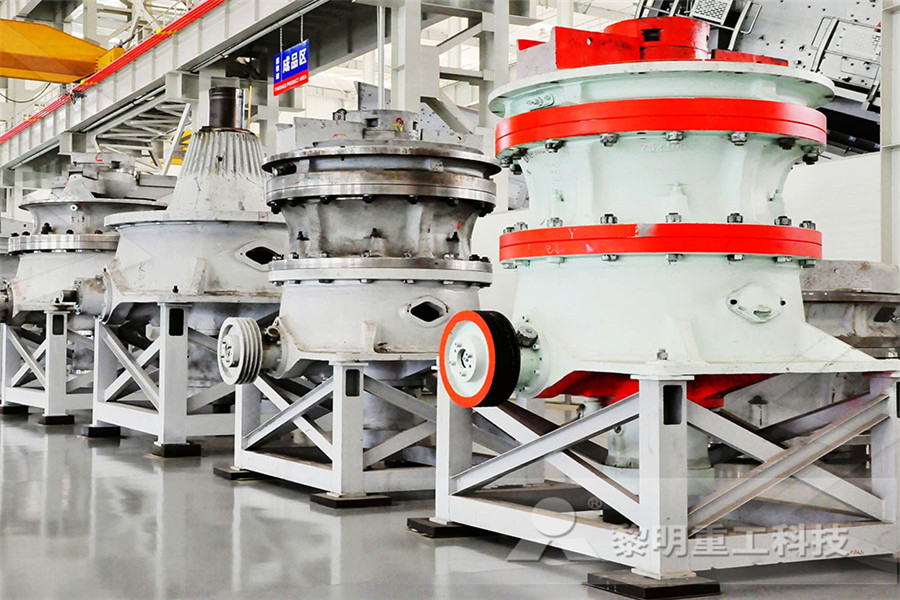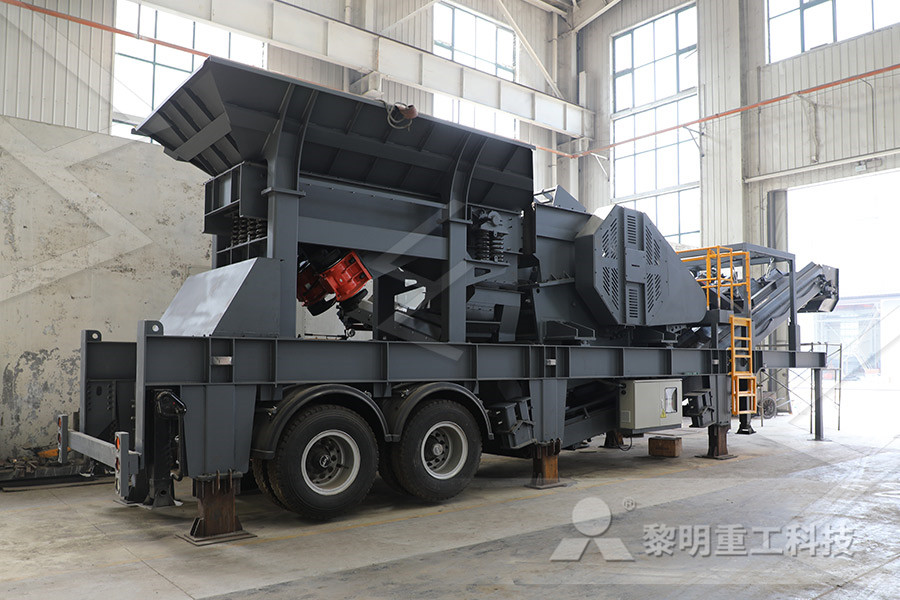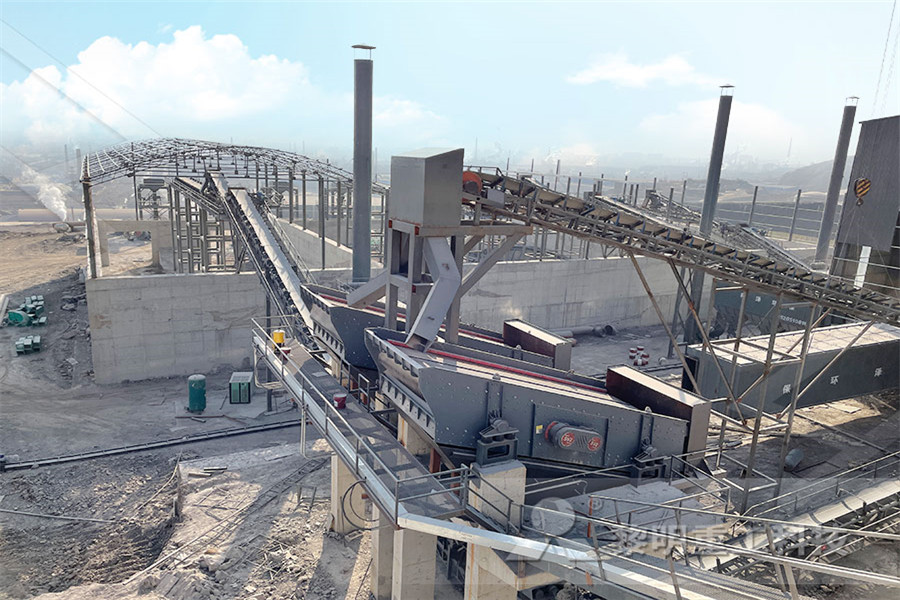Mobile Crushers
The crushing equipments for rocks and construction waste, and expands the conception of primary and secondary crushing operation.
Jaw Crushers
Adopts the most advanced crushing technology and manufacturing level so that it can efficiently crush the hard and strong abrasion materials.
Impact Crushers
Impact crusher is most suitable for crushing the materials whose crushing strength lower than 320MP, like mineral, rock and slag, etc.
Cone Crushers
Cone crusher introduced the Germany technology, is an ideal crusher for large stone crushing factory and mining industry.
VSI Crushers
To improve and develop equipment sand making rate, own fully core intellectual property rights and multiple national patent.
Grinding Mills
Besides high quality equipment, the company will provide sincere service such as Engineering Procurement Construction project.

Manufactured Aggregate an overview ScienceDirect Topics
EN 12620 6 defines manufactured aggregate as aggregate of mineral origin resulting from an industrial process involving thermal or other modification This is used to cover materials that have been deliberately manufactured by processes involving more than just mechanical processing of natural rock, sand or gravel, and aggregates that are byproducts of another industryManufactured aggregate mainly refers to machinemade aggregate(manufactured sand and crushed stone) Rock particles (excluding soft and weathered rock particles) processed by natural rock, river pebble stone or mine waste rock through mechanical crushing, shaping, screening, powder control and other processes, including:Manufactured Sand and Crushed Stones Processing The production of manufactured aggregates requires varying degrees of processing depending on the materials being used To provide an overview of this the production of manufactured aggregate byManufactured Aggregates GOVUK Establishing a stable production process may reduce variability of the product EXTRACTION With the exception of slag and other manufactured aggregates most materials for aggregate production come from bedrock or unconsolidated deposits The vast majority of materials used in the mineral aggregate industry are5 Aggregate Production in Manufactured aggregatesMaterials produced by agglomeration and curing with properties that meet standard specifications for construction aggregates (eg AASHTO, ASTM) MixingA process step to blend the feedstocks (combustion byproduct, recycle dry fines, and aluminumcontaining material, and water) to form a feed mix prior to agglomerationMethod for making manufactured aggregates from coal

Aggregates General, Production Process, Company Profiles
Secondary Aggregates or Manufactured Aggregates are byproducts of industrial processes such as steel slag or pulverised fuel ash from power stations Secondary Aggregates also include Mineral Wastes, which are materials arising as a byproduct of mineral extraction Titanium dioxide aggregates process for producing same and Other lightweight aggregates are produced synthetically, through a thermal technique – analogous to the natural process – that expands and stabilises the granulate material Clay and slate that meet the following requirements are natural raw materials for these synthetic lightweight aggregates:The manufacture of lightweight aggregates from recycled Manufactured lightweight aggregates are produced by expanding some raw materials in a rotary kiln, on a sintering grate, or by mixing them with water The most common lightweight aggregates areLecture 4 Aggregates AaltoThe manufacturing process takes 100% curbside recycled glass powder and mixes it with a foaming agent The mixed powder is sent through a kiln and softened During this process, the foaming agent creates bubbles within the softened glass and this creates foamed glass aggregatesProcess — AeroAggregatesManufactured aggregates play only a very small role in the supply of aggregates to the UK market Total aggregate supply for the UK (excluding N Ireland) for 2006 is 274 million Figure 3: Simplified process diagram of typical manufactured aggregate Additionally a use of a travelling grate furnace is preferred to a rotary kiln The Manufactured Aggregates GOVUK

Manufactured Aggregates – TREMS
The material recovered includes both coarse aggregates and fines The research is testing a series of mixes produced using this manufactured coarse aggregate with the replacement of quarry aggregate by 25%, 50%, 75% and 100% This includes physical, chemical, mechanical and durability properties of the aggregate and the concrete CONSOL R and D has developed a disk pelletization process to produce manufactured aggregates from the byproducts of various technologies designed to reduce sulfur emissions produced from coal utilization Aggregates have been produced from the byproducts of the Coolside and LIMB sorbent injection, the fluidizedbed combustion (FBC), spray COMMERCIAL DEMONSTRATION OF THE Our aggregates are manufactured nationwide from crushed rock and sand and gravel quarries We also process marine aggregates from licenced waters around the UK From construction and infrastructure to landscaping or horticulture, aggregates from Tarmac are sustainably sourced and quality assuredAggregates Tarmac Secondary Aggregates or Manufactured Aggregates are byproducts of industrial processes such as steel slag or pulverised fuel ash from power stations Secondary Aggregates also include Mineral Wastes, which are materials arising as a byproduct of mineral extraction Titanium dioxide aggregates process for producing same and Aggregates General, Production Process, Company 422 Manufacturing of lightweight aggregates (6) Manufactured lightweight aggregates are produced by expanding some raw materials in a rotary kiln, on a sintering grate, or by mixing them with water The most common lightweight aggregates are pumice, scoria, expanded shale, expanded clay, expanded slate, expanded perlite, expanded slag andLecture 4 Aggregates Aalto

Process — AeroAggregates
Today, foamed glass aggregates are used as lightweight fill for highways, bridge abutments, retaining walls, foundations, and green roofs, and can also be used as aggregate in lightweight concrete The manufacturing process takes 100% curbside recycled glass powder and mixes it with a foaming agent Blasting and crushing of manufactured sand Extracting and blasting Blasting of rock shells be regraded is the first stage of aggregates Blasting should consequently be designed as a part of an integrated size reduction process in the process of production of manufactured sand Aggregate crushingWhat is msand (Manufactured sand)? Manufacture STUDY ON PERFORMANCE OF MANUFACTURED SAND AS FINE AGGREGATES IN HIGH STRENGTH CONCRETE CONSTRUCTIONS SSSaravanan#1, DrPJagadeesh2 #1 Research scholar, School of Civil Chemical Engineering, VIT University, India 1 ssaravanan513@gmail 2 Professor, School of Civil Chemical Engineering, VIT University, India 2 STUDY ON PERFORMANCE OF MANUFACTURED SAND MSand is manufactured sand Msand is crushed aggregates produced from hard granite stone which is cubically shaped with grounded edges, washed and graded with consistency to be used as a substitute of river sandMsand (Manufactured Sand) SlideShareOur aggregates are manufactured nationwide from crushed rock and sand and gravel quarries We also process marine aggregates from licenced waters around the UK From construction and infrastructure to landscaping or horticulture, aggregates from Tarmac are sustainably sourced and quality assuredAggregates Tarmac

ppt aggregates concrete manufacturing process
A process for manufactures cellular concrete aggregates of at least 2 mmHowever, the manufacturing process generates cellular concrete wastes for an estimated amount of approximately 3% of the total manufactured volume In 2006, the cements manufactured by Lafarge had an average additive content of 23% These additives were of natural origin, such as limestone and volcanic rock, or industrial origin, for example blast furnace slag (a steel industry byproduct) or fly ash (from coalfired power plants) The use of additives: enhances certain cement properties,Manufacturing process Cement, Concrete, Aggregates Secondary Aggregates or Manufactured Aggregates are byproducts of industrial processes such as steel slag or pulverised fuel ash from power stations Secondary Aggregates also include Mineral Wastes, which are materials arising as a byproduct of mineral extraction Titanium dioxide aggregates process for producing same and Aggregates General, Production Process, Company Today, foamed glass aggregates are used as lightweight fill for highways, bridge abutments, retaining walls, foundations, and green roofs, and can also be used as aggregate in lightweight concrete The manufacturing process takes 100% curbside recycled glass powder and mixes it with a foaming agentProcess — AeroAggregates Manufactured Aggregates These are products of an industrial process which are used in construction One good example here is slag Slag is a byproduct of the steel making process It consists mainly of Limestone that has absorbed some Phosphate from an Iron ore that is being smelted Slag is usually mixed with cement to make concreteTypes of Aggregates Same Day Aggregates

DURABILITY EVALUATION AND PRODUCTION OF
CONSOL R and D has developed a disk pelletization process to produce manufactured aggregates from the byproducts of various technologies designed to reduce sulfur emissions produced from coal utilization Aggregates have been produced from the byproducts of the Coolside and LIMB sorbent injection, the fluidizedbed combustion (FBC), spray manufactured to have low density Lightweight aggregates’ high porosity gives them their properties of low density, frost resistance, and high thermal and acoustic insulating power [1] These materials are manufactured industrially through a process of thermal transformation fromLightweight Aggregates Manufactured with Clay What is Manufactured Sand? As you know the sources of aggregates are igneous rocks, sedimentary rocks metamorphic rocks which we discussed in the classification of aggregates topic The hard rocks that are obtained from the above process will be involved in the following processWhat Is M Sand? Source, Properties Advantages In its simplest form, concrete is a mixture of paste and aggregates, or rocks The paste, composed of portland cement and water, coats the surface of the fine (small) and coarse (larger) aggregates Through a chemical reaction called hydration, the paste hardens and gains strength to form the rocklike mass known as concreteHow Concrete is Made Cement
- Hot Sale Lead Bronze Sleeve Bush For ne crusher Parts
- Razmer Kamennaya Drobilka I Cena V Kenii
- safe safe operation and use of mobile jaw crusher s
- Core Filling Snacks Making Machinery
- jow 600 900 stone pulverizer
- mesh powder production
- Kaolin Cone Crusher For Sale
- grinding train wheel lancing machines
- jaw crusher pe x harga
- case study sand replacement with quarry dust
- How To Make Mass Balance In Hammer Mill
- Roller Raw Mill At Tadipatri Ap
- how how much the stone crusher plant st
- hot rolling of steel rebar machine
- centerless grinding machines min accuracy in india
- stone crushing machine plant reunion
- Diseno In La Maquina Grape Crusher And Stemmer For Winepdf
- slate processing lines
- homemade stone crusher mill
- portable stone crusher s north bay
- raise charging in gold mining
- Manual Portable Crusher
- faridabad jaw crusher
- used mining equipment in az
- mining excavators vs rope shovels
- leading crusher manufacturer 2cméxi
- aggregate planning diagram
- beverly crusher is a licensed cpa
- hammer stone rp li ne in fort mc murry ab
- hammer mill for sale by owner
- pulverizer manufacturers in imbatore
- 10 X10 Used Jaw Crusher Mining
- pe 750 1060 jaw crusher
- SKD machinery ball ground
- crusher in san juan sale
- crusher plants for sale in us
- marble fine crusher manufacturer
- Square Box Hammer Crusher Works
- foam leadzinc crushing mill machine in china
- royalty free image of mining machine